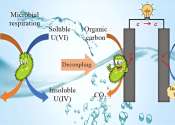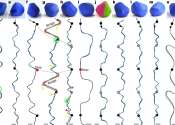How long until efficient fuel cells? Ask the experts
In the quest for the perfect alternative for gas-powered vehicles, there have been a lot of contenders over the years. When it comes to public perception, battery electric vehicles (BEVs) are some of the most widely known. ...
Mar 12, 2019
1
154









